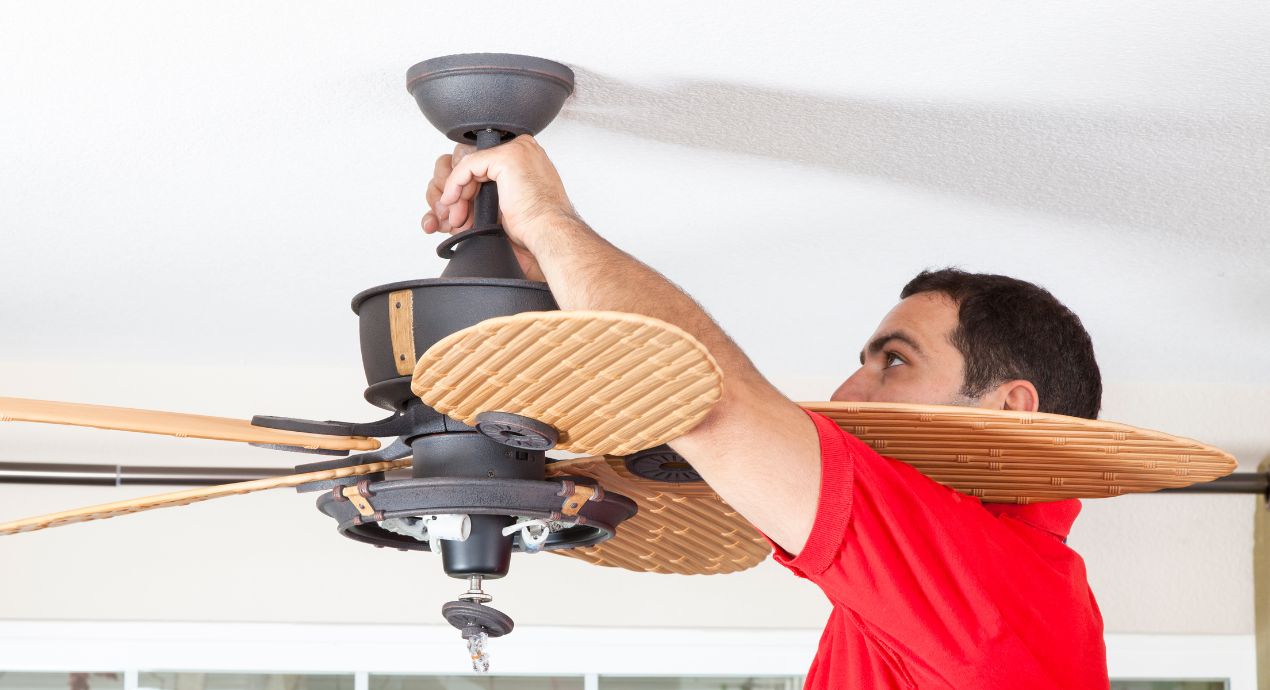

Articles
Why Do Ceiling Fans Go In Reverse
Modified: August 24, 2024
Discover why ceiling fans go in reverse and learn more about their benefits and functionality in this informative article on ceiling fan rotation.
(Many of the links in this article redirect to a specific reviewed product. Your purchase of these products through affiliate links helps to generate commission for Storables.com, at no extra cost. Learn more)
Introduction
Ceiling fans are a common feature in many homes and are known for their ability to provide a refreshing breeze during the hot summer months. However, did you know that ceiling fans can also operate in reverse? This unique feature allows the fan to spin in the opposite direction and offers several benefits that you may not be aware of.
In this article, we will delve into the world of ceiling fans and explore why they have a reverse function. We will also discuss how this function works and debunk some common misconceptions surrounding the use of ceiling fans in reverse.
So, if you have ever wondered why ceiling fans go in reverse or if you should be using this function in your home, read on to find out more.
Key Takeaways:
- Using a ceiling fan in reverse mode can help redistribute warm air, reduce condensation, and enhance HVAC system performance, leading to improved comfort and energy efficiency in your home.
- The reverse function on ceiling fans is not just for winter; it can be beneficial year-round, providing versatility and energy savings while dispelling common misconceptions about its usage.
Read more: How To Reverse Hunter Ceiling Fan
Understanding the Basics of Ceiling Fans
Before diving into the reverse function of ceiling fans, it’s important to have a basic understanding of how these popular fixtures work. Ceiling fans consist of several key components: the motor, blades, and controls.
The motor is the powerhouse of the fan, responsible for generating the rotational motion that ultimately results in a cool breeze. The blades, typically made of wood or metal, are attached to the motor and are angled to push air either downwards or upwards, depending on the direction of rotation. Lastly, the controls allow you to adjust the speed and direction of the fan.
Ceiling fans can typically operate in two modes: forward and reverse. In the forward mode, the blades rotate in a counterclockwise direction (when viewed from below) and create a cooling effect by moving air downwards. This is the standard mode used during the summer season.
On the other hand, the reverse mode causes the blades to rotate in a clockwise direction. This function is used primarily during the winter or colder months.
Now that we have a grasp on the basics, let’s explore why ceiling fans have the option to spin in reverse and uncover the benefits of this unique feature.
The Purpose of a Ceiling Fan
The primary purpose of a ceiling fan is to provide a comfortable environment by circulating air in a space. During hot summer months, ceiling fans are typically set to rotate in the forward mode. This creates a wind-chill effect, making you feel cooler without actually lowering the temperature in the room.
However, the purpose of a ceiling fan extends beyond just keeping you cool. In the reverse mode, ceiling fans can help improve the overall comfort and energy efficiency of your home during the winter season.
When the temperature drops, warm air tends to rise and accumulate near the ceiling, leaving the lower levels of the room feeling colder. By using the reverse function on your ceiling fan, you can help distribute this trapped warm air back down towards the occupants of the room.
By redistributing the warm air, your heating system can work more efficiently, as the warm air is no longer concentrated near the ceiling where it is not providing much benefit. This can help reduce your heating costs and make your home more comfortable during the colder months.
Additionally, using a ceiling fan in reverse can also help reduce the formation of condensation on windows. By keeping the air moving, you can prevent the build-up of moisture, which can lead to mold and mildew growth.
Now that we understand the purpose of a ceiling fan and how it can be beneficial in both forward and reverse modes, let’s take a closer look at how ceiling fans actually operate in reverse.
How Ceiling Fans Work
Ceiling fans work on a simple principle: air movement. When the blades of a ceiling fan rotate, they create a flow of air that can help to cool or circulate warm air in a room.
In the forward mode, the ceiling fan blades are positioned to push air downward. This creates a breeze that can make you feel cooler by evaporating moisture on your skin. This is similar to how a gentle outdoor breeze can provide relief on a hot summer day.
On the other hand, when a ceiling fan operates in reverse, the blades are set to spin in a clockwise direction (when viewed from below). This allows the fan to draw air upwards from the center of the room, pushing warm air that has risen to the ceiling back down along the walls and into the living space.
By running the fan in reverse, you can make better use of the warm air that has accumulated near the ceiling. This can be especially beneficial in rooms with high ceilings or in spaces where warm air tends to get trapped.
It’s important to note that not all ceiling fans have a reverse function. If you are considering purchasing a ceiling fan or upgrading an existing one, be sure to check if it comes with a reversible motor. This feature will allow you to use the fan in both forward and reverse modes, providing flexibility throughout the year.
Now that we have covered how ceiling fans work and how the reverse function can help improve airflow in your home, let’s address some of the specific benefits of using a ceiling fan in reverse.
The Benefits of Using Ceiling Fans in Reverse
Using a ceiling fan in reverse mode offers several advantages that can enhance the comfort and energy efficiency of your home. Let’s explore some of the key benefits:
- Improved Warm Air Distribution: As mentioned earlier, using the reverse function on your ceiling fan helps to distribute warm air that has risen to the ceiling. By pushing the warm air down towards the occupants of the room, you can create a more even and comfortable temperature throughout the space.
- Energy Efficiency: By making efficient use of the warm air that collects near the ceiling, you can reduce your reliance on your heating system. This can lead to energy savings and lower heating bills, as you are maximizing the effectiveness of the existing warm air in the room.
- Reduced Condensation: In colder months, condensation can form on windows due to temperature differences between the interior and exterior of your home. By keeping the air in motion with a ceiling fan in reverse, you can help prevent the build-up of moisture and minimize the likelihood of condensation forming on your windows.
- Enhanced HVAC System Performance: Using a ceiling fan in reverse can complement your heating system by improving the overall performance and efficiency. By circulating warm air throughout the room, the heating system can be more effective in maintaining a comfortable temperature.
- Year-Round Versatility: One of the great advantages of having a reversible ceiling fan is its year-round versatility. The same fan that keeps you cool in the summer can also help you stay warm and cozy during the winter. This means you can make the most of your investment and enjoy the benefits of a ceiling fan throughout the entire year.
By taking advantage of these benefits, you can create a more comfortable and energy-efficient home environment. Now that we understand why ceiling fans have a reverse function and how it can be beneficial, let’s take a closer look at how this function actually works.
Ceiling fans go in reverse to create a gentle updraft, redistributing warm air that collects near the ceiling. This can help save on heating costs in the winter.
Read more: Why Do Ceiling Fans Make Noise
Why Do Ceiling Fans Have a Reverse Function?
Ceiling fans are designed to provide comfort and improve air circulation in a space, and the reverse function is a key feature that enhances their versatility. But why do ceiling fans have a reverse function in the first place?
The reverse function on a ceiling fan allows the blades to spin in the opposite direction, typically clockwise, compared to the standard forward mode. This function is particularly useful during the colder months when warm air tends to gather near the ceiling.
When it’s colder outside and you’re using your heating system to keep your home warm, the warm air rises and accumulates near the ceiling. This can create a temperature imbalance, with the upper areas of the room feeling warmer than the lower areas. By using the reverse function on your ceiling fan, you can help distribute the warm air back down towards the living space.
In other words, the reverse function allows you to recirculate the trapped warm air and create a more even and comfortable temperature throughout the room. This can help maximize the efficiency of your heating system and reduce your energy consumption.
Additionally, using a ceiling fan in reverse can also help to minimize issues such as condensation on windows. By keeping the air moving and preventing the build-up of moisture, you can reduce the chances of mold and mildew growth.
Overall, the reverse function on ceiling fans provides a practical solution to improve indoor comfort, enhance energy efficiency, and prevent moisture-related problems. Now that we know why ceiling fans have a reverse function, let’s explore how this function actually operates.
How Does the Reverse Function Work?
The reverse function on a ceiling fan is made possible by the fan’s motor and the wiring configuration. When you activate the reverse function, it triggers a change in the direction of the motor’s rotation, which in turn causes the fan blades to spin in the opposite direction.
Most modern ceiling fans have a switch or button that allows you to easily toggle between the forward and reverse modes. When you switch the fan to the reverse mode, the motor’s wiring is adjusted to change the polarity of the electrical current flowing through it.
By reversing the polarity, the motor’s magnetic field is also reversed. This causes the motor to spin in the opposite direction, which in turn changes the direction of the fan blades’ rotation.
Typically, when a ceiling fan is in the reverse mode, the blades will rotate in a clockwise direction (when viewed from below). This allows the blades to draw air upwards from the center of the room and push the warm air that has risen to the ceiling back down along the walls and into the living space.
It’s important to note that not all ceiling fans have a reverse function. If you are retrofitting an older fan or purchasing a new one, be sure to choose a model that comes with a reversible motor.
Now that we understand how the reverse function works, let’s address some common misconceptions associated with using ceiling fans in reverse.
Common Misconceptions about Using Ceiling Fans in Reverse
While using a ceiling fan in reverse mode can offer several benefits, there are a few common misconceptions that surround this function. Let’s address some of these misconceptions:
- Reverse Mode Produces Warm Air: One common misconception is that using a ceiling fan in reverse mode actually generates warm air. In reality, the reverse function does not produce warm air; it simply redistributes the existing warm air that has accumulated near the ceiling, making it more evenly distributed throughout the room.
- Reverse Mode is Only for Winter: Another misconception is that the reverse mode should only be used during the winter season. While it is true that the reverse mode can be particularly useful in colder months, it can also have benefits in other seasons. For example, using the reverse mode in the summer can help circulate cool air from air conditioning units more effectively and reduce energy consumption.
- Reverse Mode Increases Heating Costs: Some people believe that using the reverse mode on a ceiling fan during the winter will increase heating costs. However, the reverse mode actually helps to optimize heating systems by circulating warm air and reducing the reliance on heating systems, potentially leading to energy savings and lower heating bills.
- Reverse Mode is Noisy: Another misconception is that using a ceiling fan in reverse mode generates more noise compared to the forward mode. In reality, the noise level of a ceiling fan is primarily determined by the quality of the fan itself and not by the direction of rotation. A well-maintained and properly installed ceiling fan should not produce excessive noise in either mode.
- Reverse Mode is Only for High Ceilings: Some people believe that the reverse mode is only beneficial for rooms with high ceilings. While it is true that warm air tends to accumulate near the ceiling more noticeably in rooms with high ceilings, the reverse mode can still be useful in rooms with standard ceiling heights. It helps distribute warm air and maintain a comfortable temperature in any space.
By dispelling these misconceptions, it becomes clear that using a ceiling fan in reverse mode can be a valuable addition to your home, providing both comfort and energy efficiency benefits.
Now that we have addressed these common misconceptions, let’s discuss when to use the reverse function on your ceiling fan.
When to Use the Reverse Function on Your Ceiling Fan
Knowing when to use the reverse function on your ceiling fan can help you maximize its benefits and create a comfortable environment in your home. Here are some situations where using the reverse mode is recommended:
- Colder Months: Using the reverse function during the colder months is the most common scenario. When you’re running your heating system to keep your home warm, the warm air tends to rise and accumulate near the ceiling. By using the reverse mode on your ceiling fan, you can help push this warm air back down into the living space, improving overall temperature distribution.
- High Ceilings: If you have high ceilings in any season, using the reverse function can be particularly beneficial. Heat tends to get trapped near the ceiling, making the lower portion of the room feel cooler. By running the fan in reverse, you can effectively circulate the warm air and ensure more even heating throughout the space.
- Condensation Prevention: If you notice condensation forming on your windows during colder months, using the reverse mode on your ceiling fan can help. By keeping the air in motion and preventing the build-up of moisture, you can minimize the chances of condensation forming on the window surfaces.
- Year-Round Comfort: While the reverse mode is commonly associated with winter and colder months, it can also be beneficial in other seasons. For example, in the summer, using the reverse mode can help circulate cool air from your air conditioning system more effectively, reducing energy consumption and creating a more comfortable atmosphere.
The key is to assess the specific needs of your space and adjust the fan’s direction accordingly. It’s important to note that ceiling fans are not a substitute for heating or cooling systems, but rather a complementary feature that can enhance comfort and energy efficiency.
By using the reverse function strategically, you can optimize the performance of your ceiling fan and create a more comfortable living environment throughout the year.
Now that we have covered when to use the reverse function on your ceiling fan, let’s summarize the key points discussed in this article.
Read more: Why Do My Ceiling Fan Lights Flicker
Conclusion
Ceiling fans are not only functional but also versatile fixtures that can enhance the comfort and energy efficiency of your home. Understanding how ceiling fans work, their purpose, and the benefits of using them in reverse mode can help you make the most of this essential household appliance.
By using a ceiling fan in the reverse mode, you can redistribute trapped warm air, improve temperature distribution, and reduce heating costs during the colder months. Additionally, using the reverse mode can help prevent condensation on windows and enhance the performance of your heating and cooling systems.
It’s important to debunk common misconceptions about using ceiling fans in reverse, such as the idea that it generates warm air, increases heating costs, or is only suited for high ceilings. The reverse function offers benefits that can be enjoyed in a variety of situations, regardless of the ceiling height or time of year.
Remember to use the reverse function strategically, based on your specific needs and the prevailing weather conditions. By doing so, you can optimize the performance of your ceiling fan and create a comfortable and energy-efficient living environment.
In conclusion, ceiling fans are more than just decorative pieces; they are practical solutions for maintaining air circulation, temperature control, and energy efficiency in your home. So, the next time you’re enjoying the gentle breeze of a ceiling fan, consider the benefits of the reverse function and make the most of this versatile appliance.
Frequently Asked Questions about Why Do Ceiling Fans Go In Reverse
Was this page helpful?
At Storables.com, we guarantee accurate and reliable information. Our content, validated by Expert Board Contributors, is crafted following stringent Editorial Policies. We're committed to providing you with well-researched, expert-backed insights for all your informational needs.
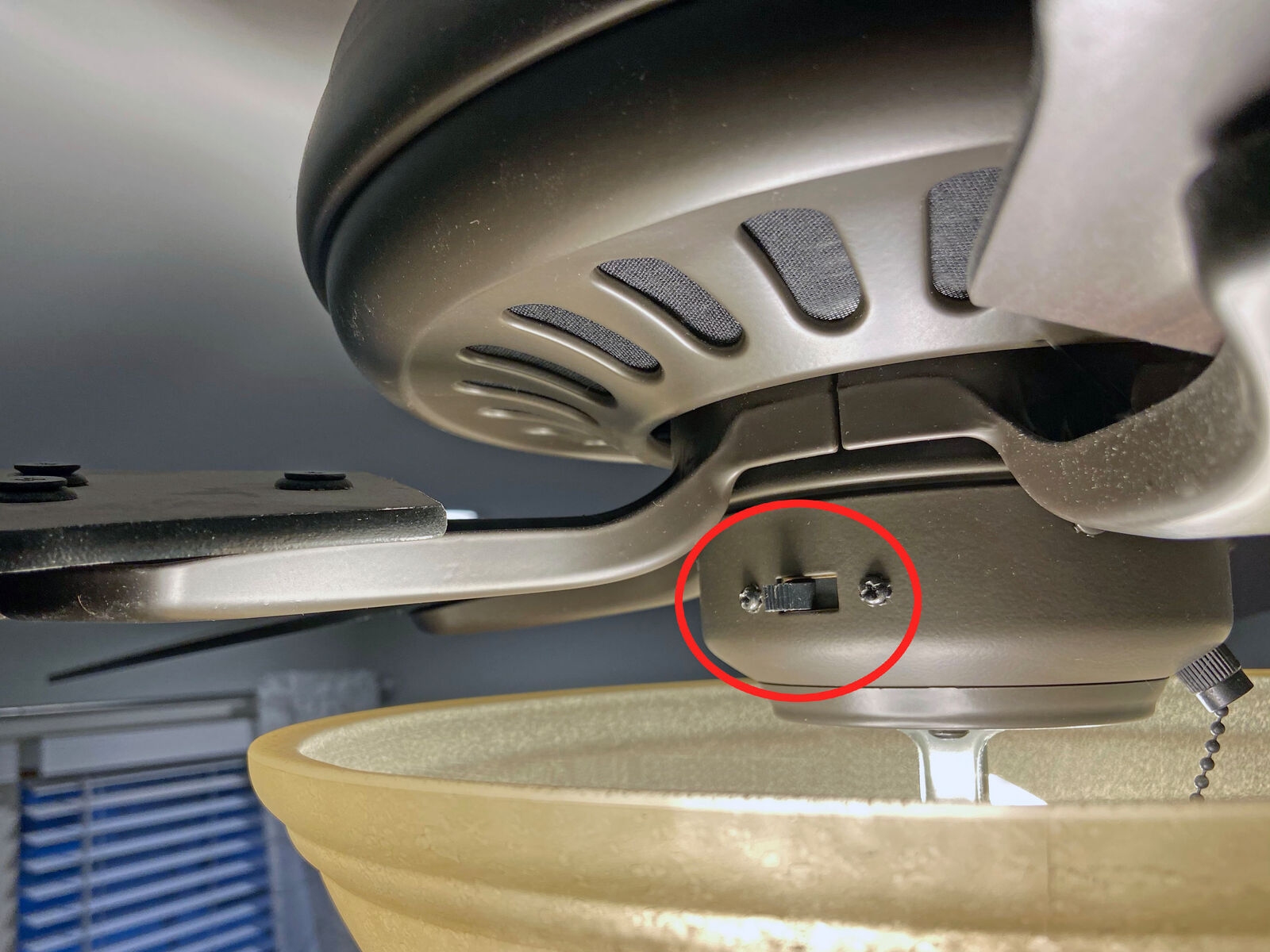
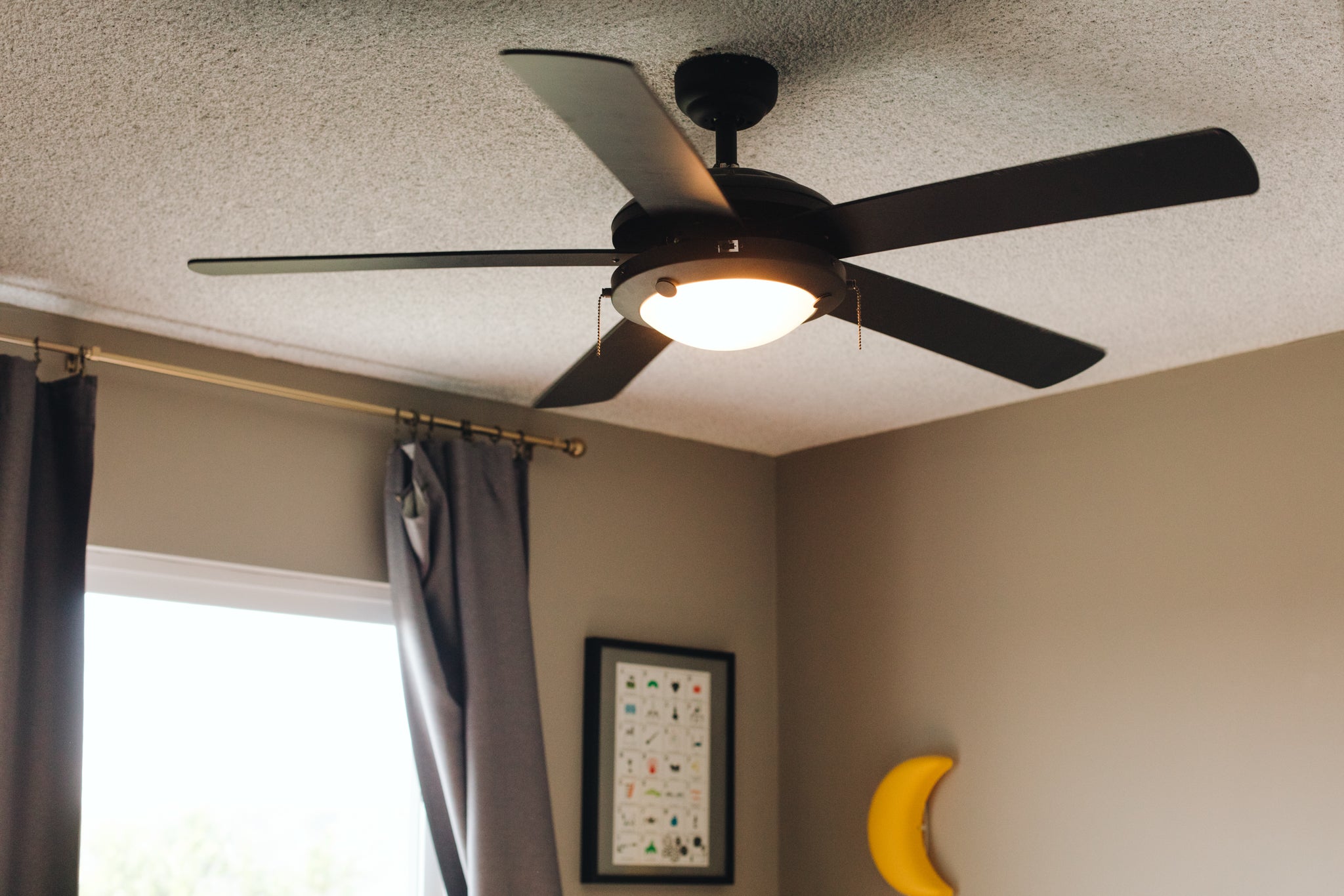
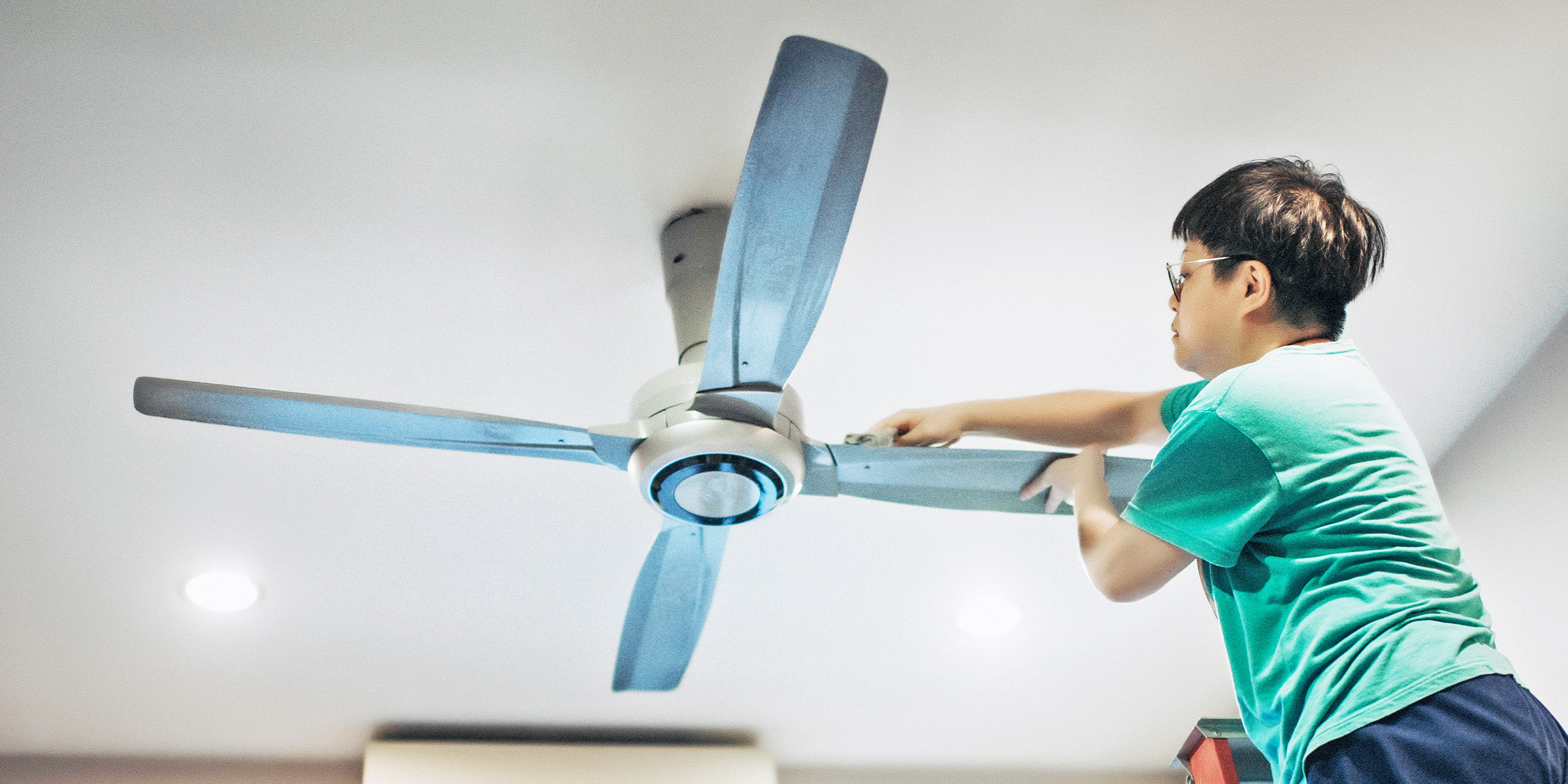
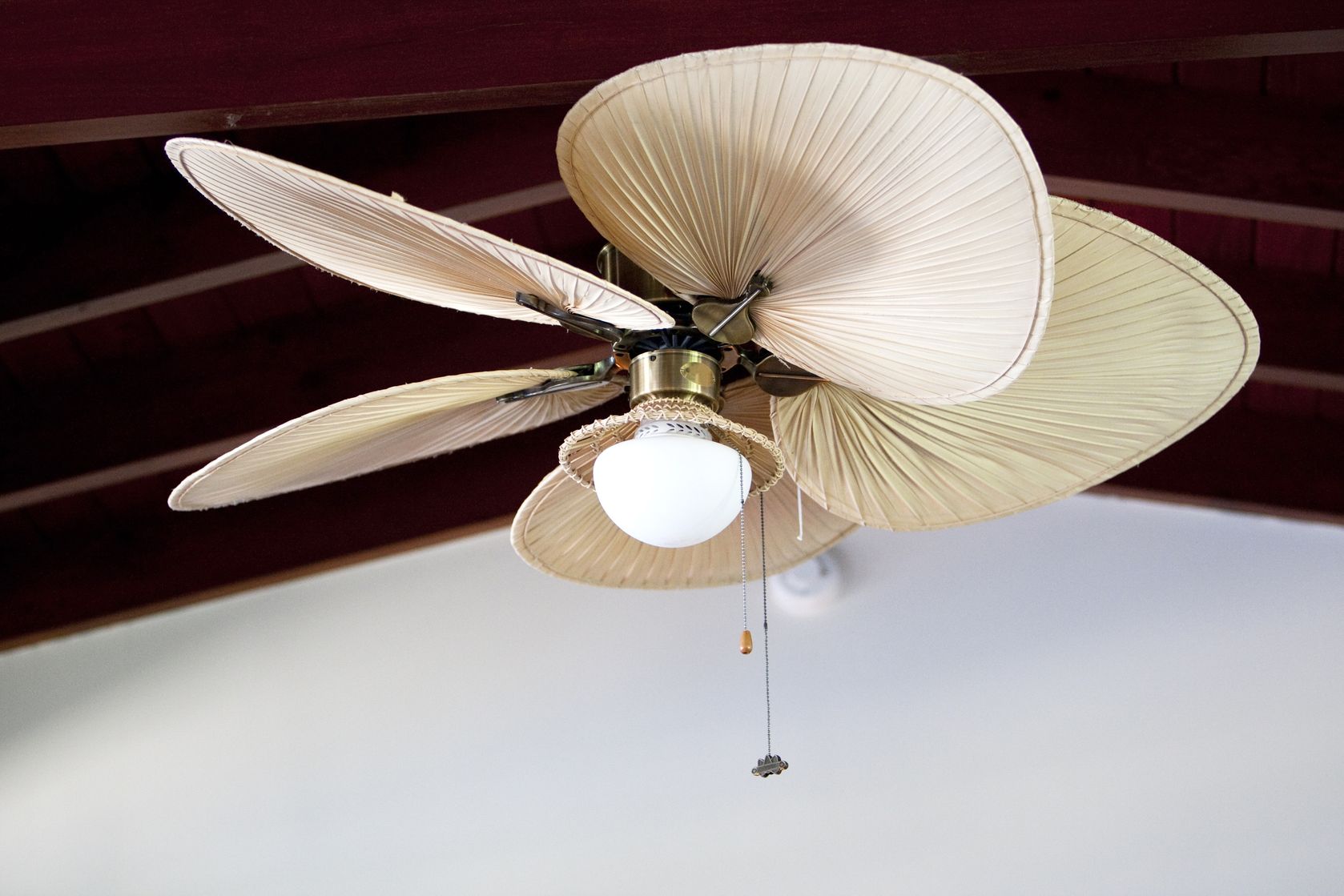
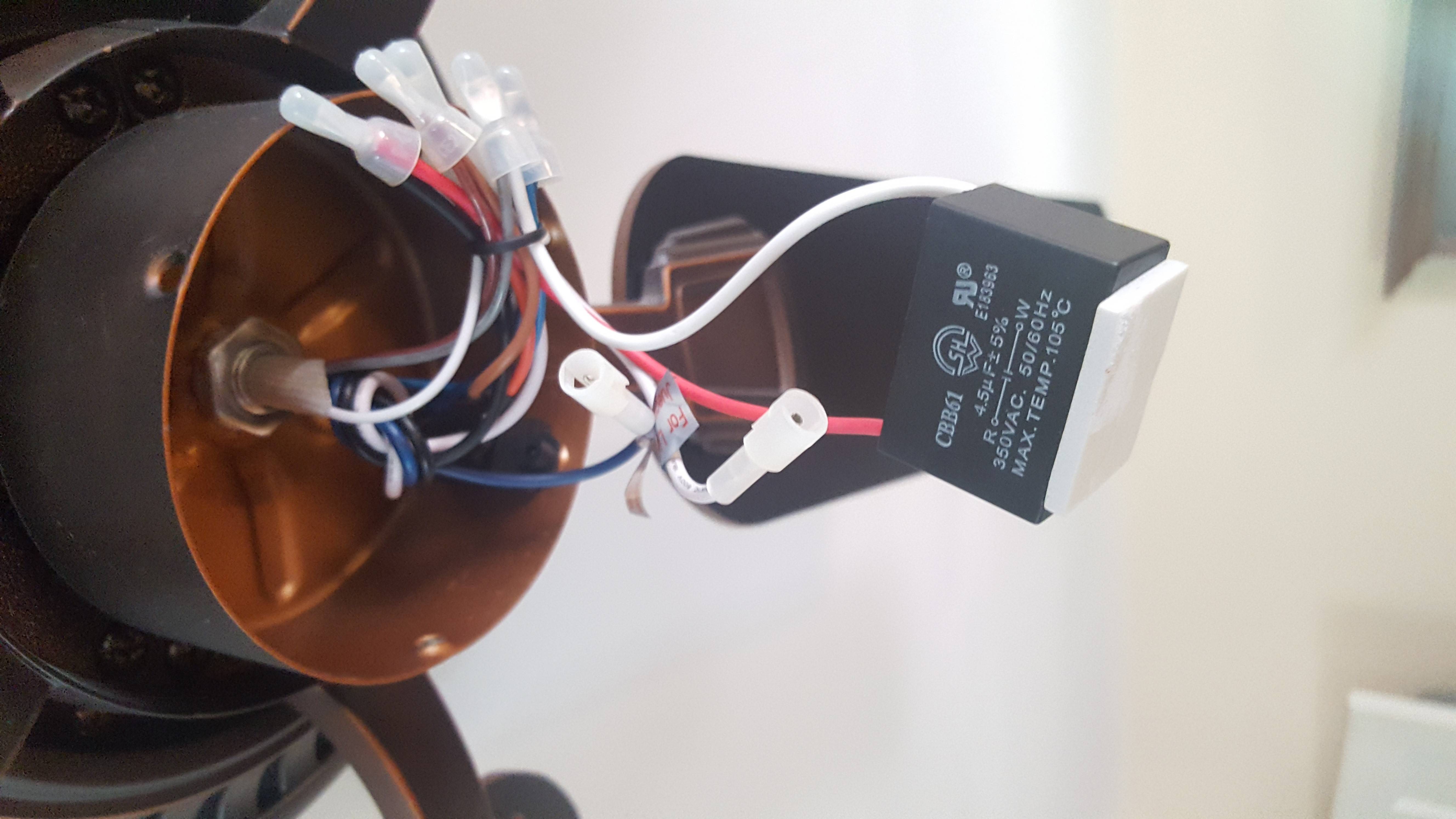
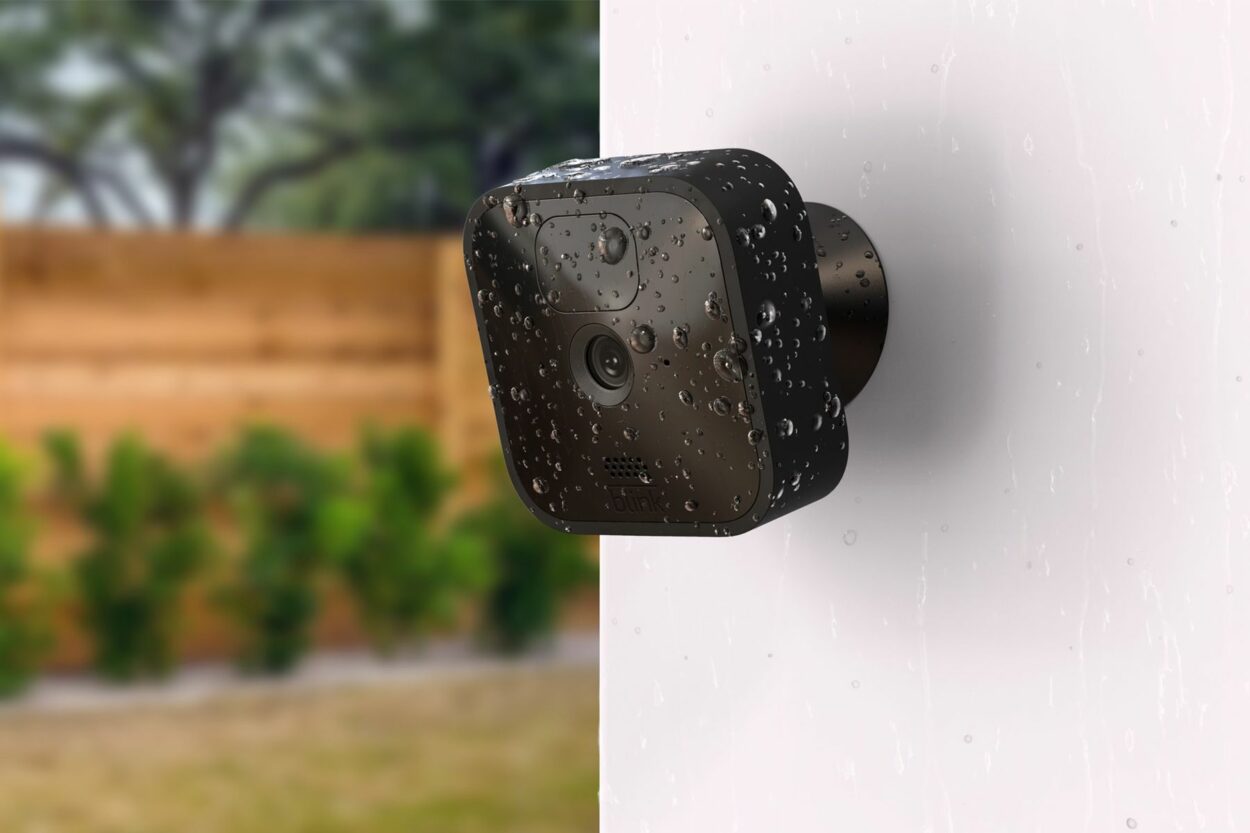
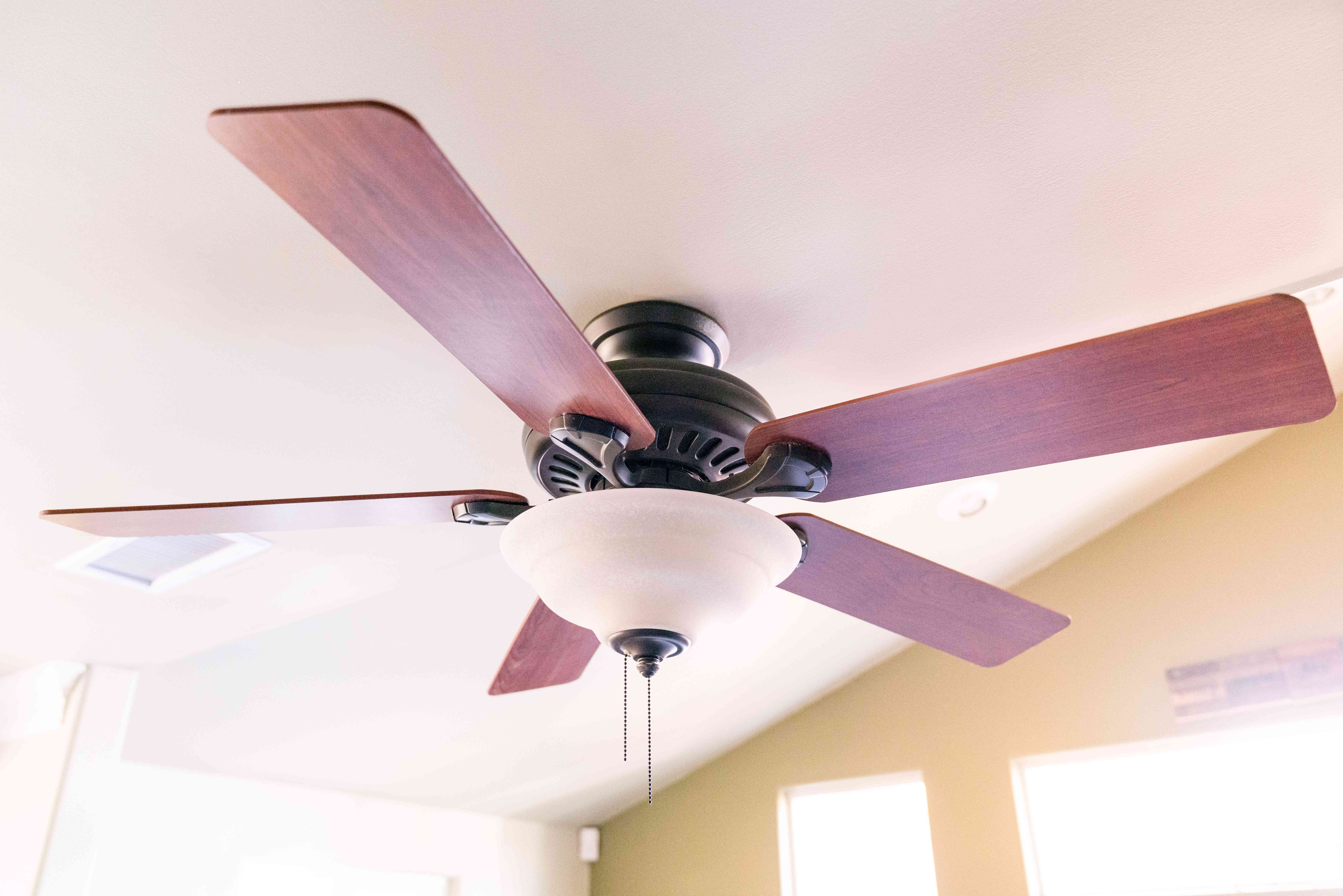
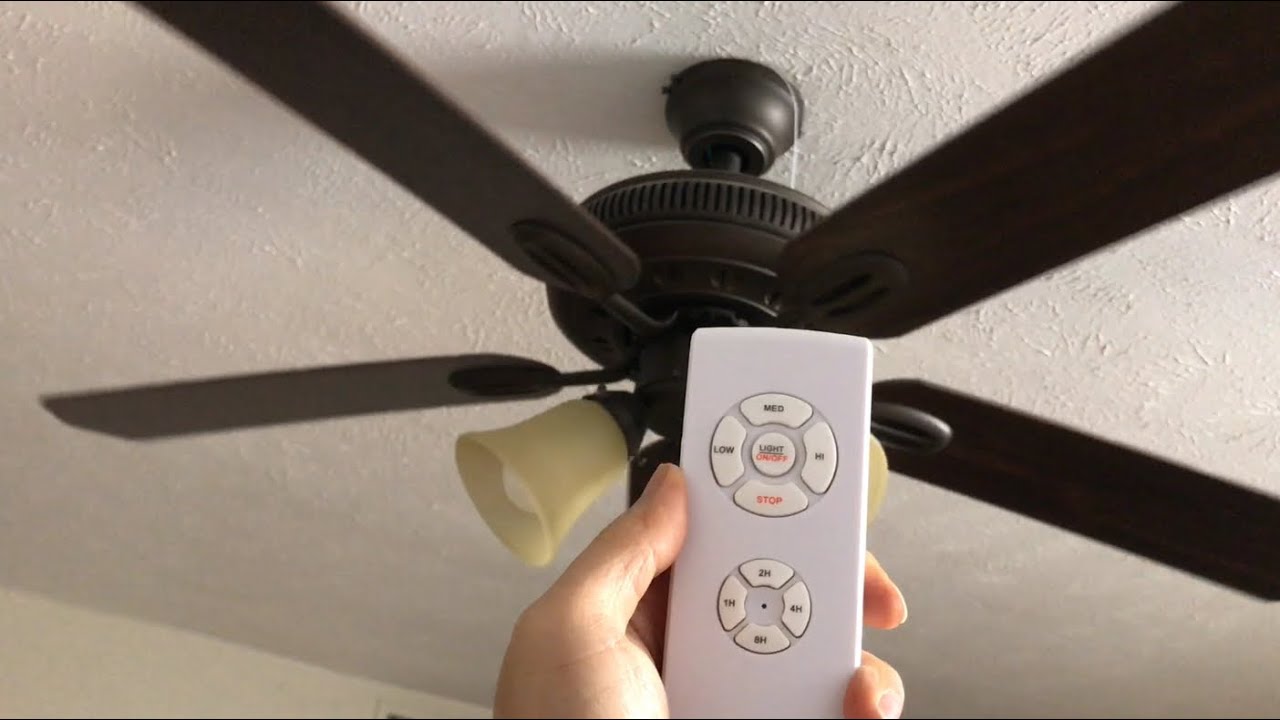
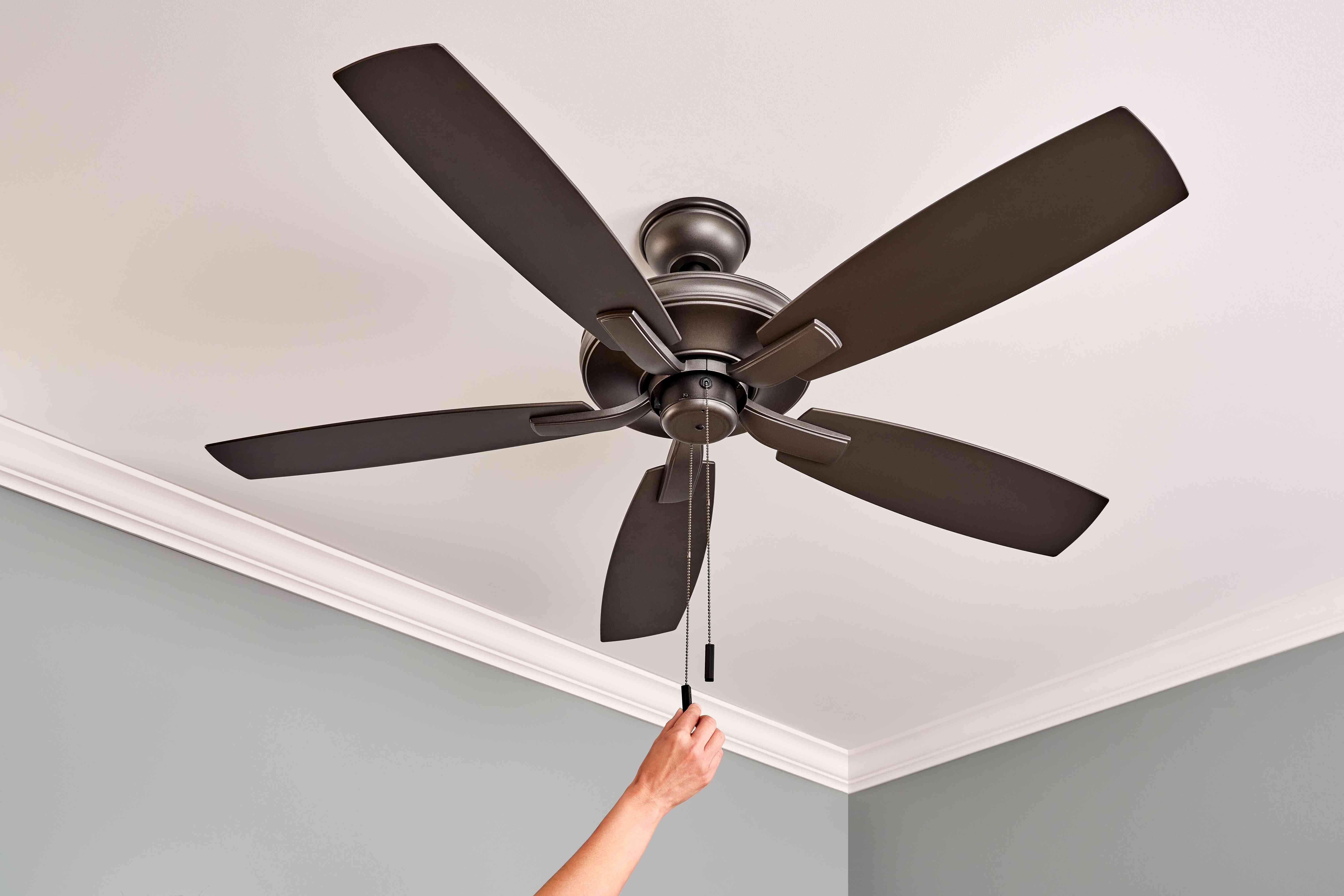
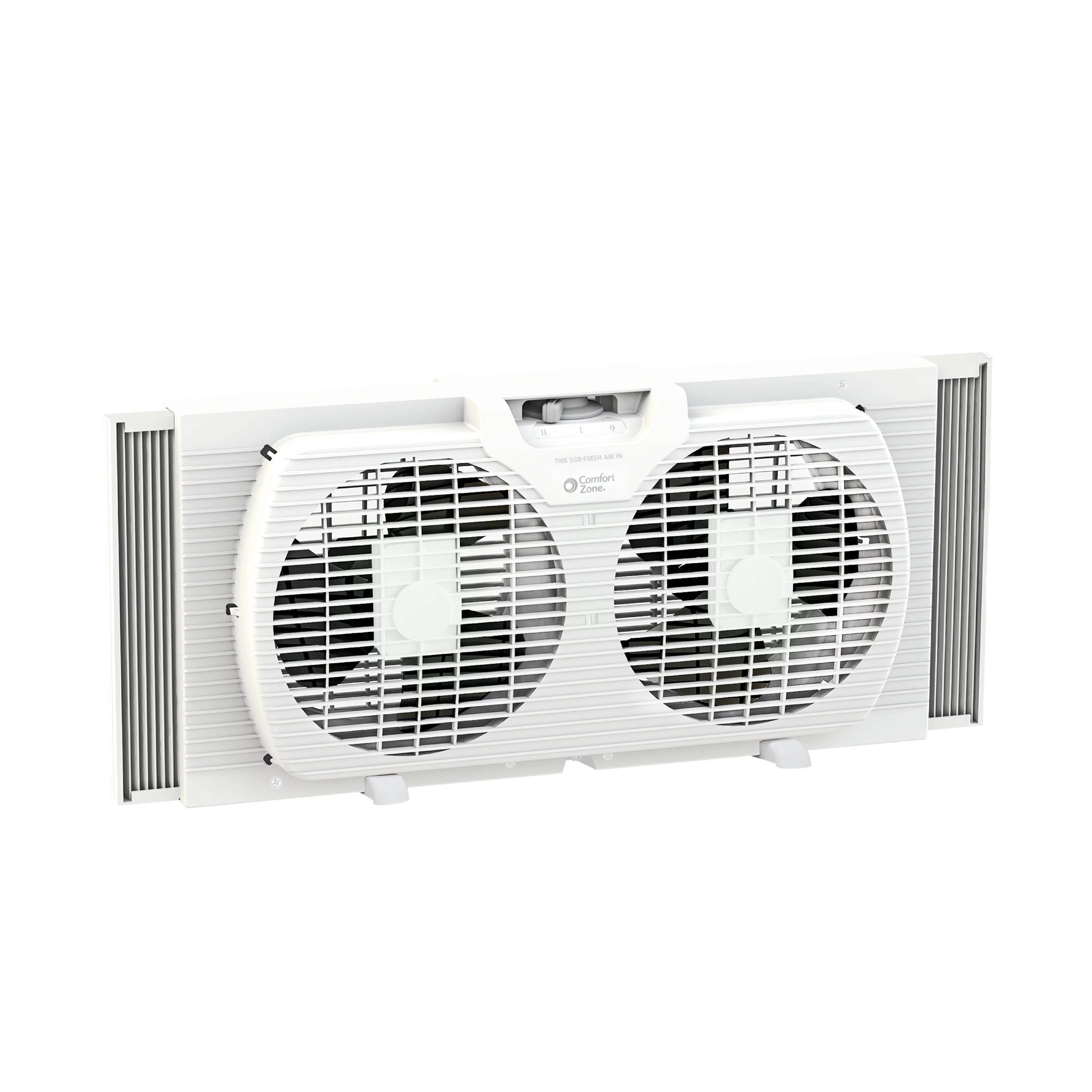

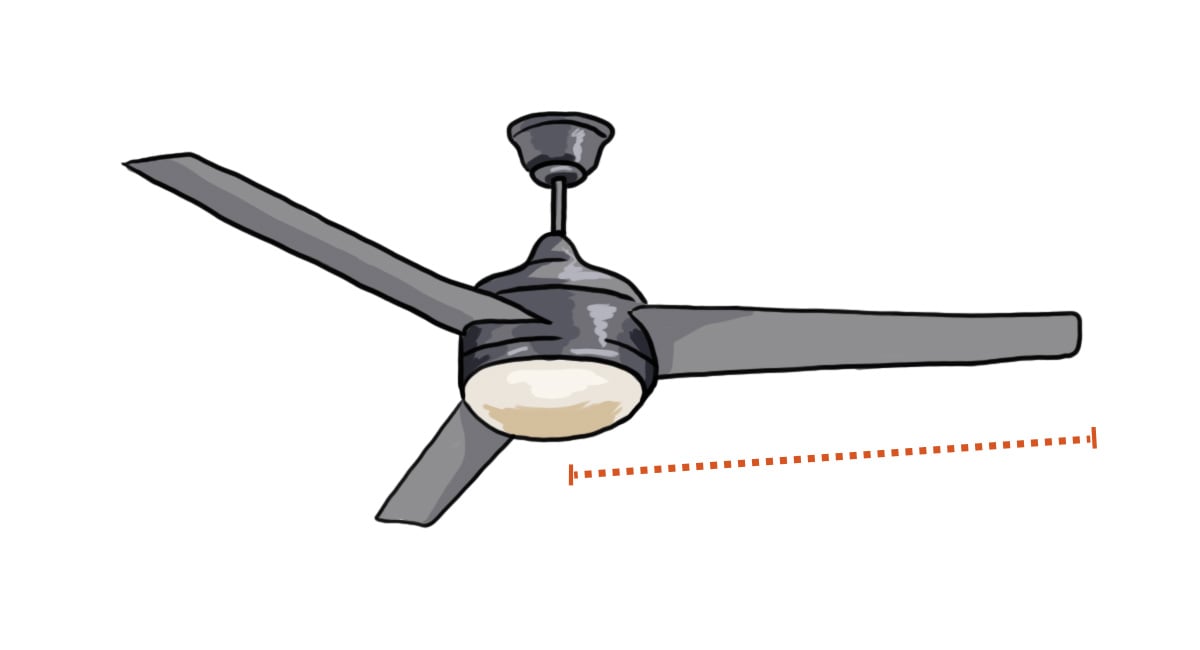
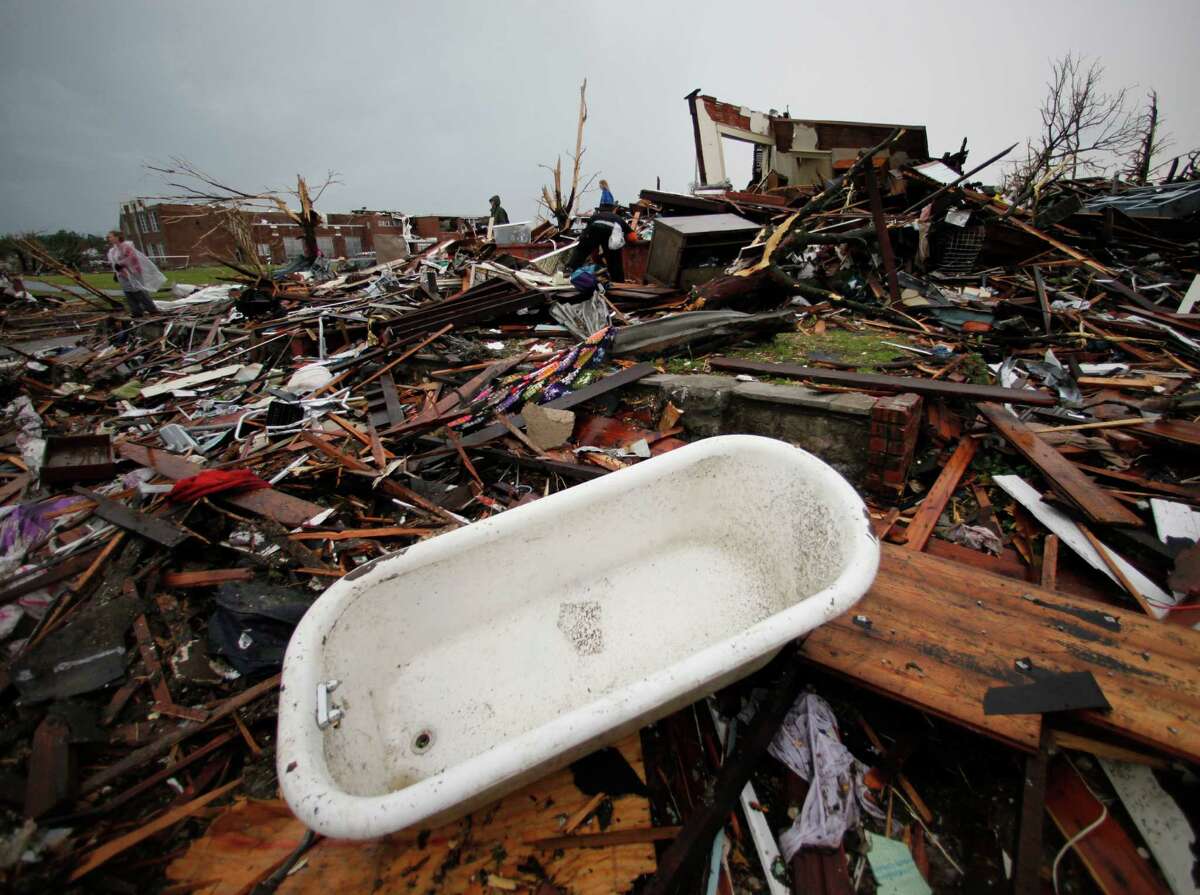

0 thoughts on “Why Do Ceiling Fans Go In Reverse”